As long as humanity exists, so many pets. Tamed predators have been cohabitating with humans for many thousands of years, but recently this cohabitation is increasingly not justified by vital necessity: protection from rodents, guarding the house, transporting people. Now it bears rather aesthetic and social character – pets are bred according to their external characteristics, they communicate with them and are considered family members. Modern animal owners are trying to closely monitor their health and mood. To simplify this process, various electronic devices are constantly being invented, which we will look at today.
Trays
Perhaps the most important problem of a cat living in a house is, of course, its toilet. It is good when the house is private and the cat does all his 'business' somewhere in the garden – both the cat is pleased and the plants are useful. In an apartment this is more complicated, and in order not to feel the 'aromas of Provence', you have to work hard.
Technological cat litter boxes, designed to help with this, do not completely eliminate the need to contact with litter, but at least make the process less 'messy'. For example, a device called the Litter-Robot 3 has a special drum that 'sifts' the litter after each visit to the cat. The drum has a grid segment through which the clean filler passes. And the 'soiled' goes into the lower compartment with a garbage bag.
Despite its relative simplicity, this thing looks more like a spaceship than a cat litter box. Well, it costs accordingly – on the official Russian website, the manufacturer offers to pay almost 70 thousand rubles for it. For a cattery with purebred Maine Coons, this price may be elevated, but not for most ordinary cat owners. However, you can save money by buying it in the USA and ordering delivery to Russia through an intermediary. Even taking into account the sending of heavy goods and customs duties (from 2020 – from all parcels worth more than 200 euros), the device will be released one and a half times cheaper than Russian retail – about 40 thousand. But still a little expensive.
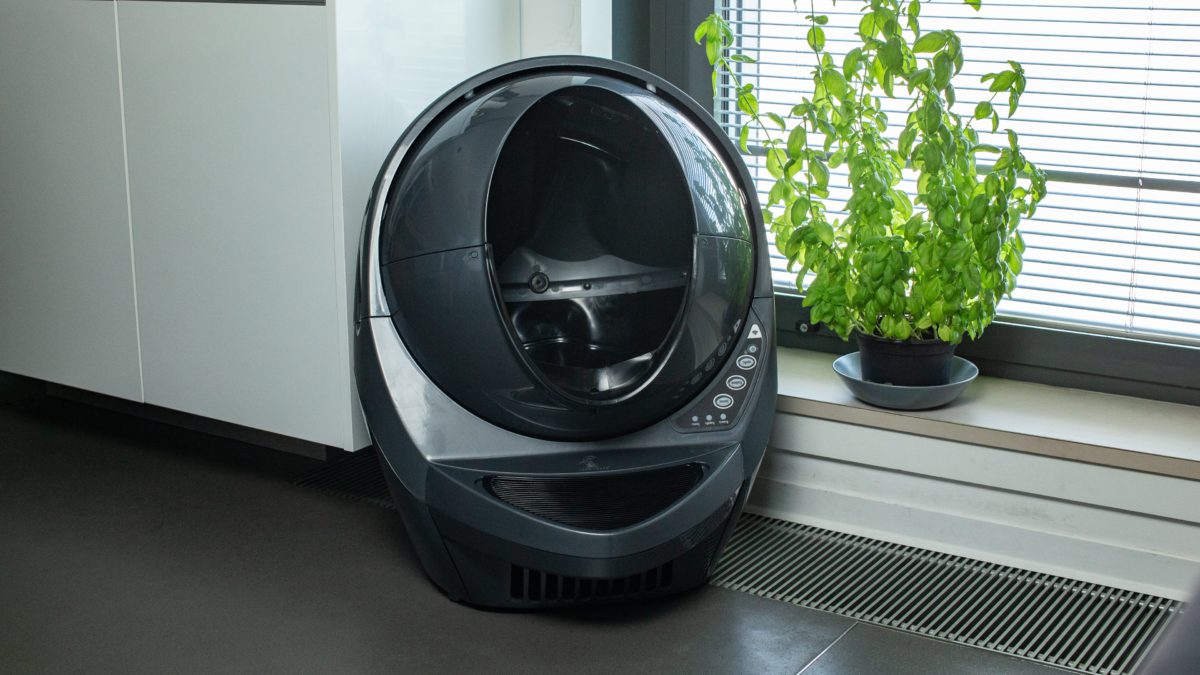
CatGenie devices work in a completely different way. Instead of the usual filler, they use reusable granules that do not absorb liquid, but pass it down, where the drain hole is. As before, when the trays had a second bottom and ordinary sand was poured into them. Solid waste is 'scooped up' by the built-in shovel after the cat has left the toilet. The device is connected to the water supply and sewerage system, so everything is washed off automatically. To prevent anything from getting stuck in the pipes, a cassette with a special liquid is used, which is the main consumable in this system. It is recommended to add granules a couple of times a year, they are also not permanent.
Only the previous model CatGenie 120 is available in Russian retail from the CatGenie line, which has already been discontinued in the USA. It also costs a lot – 35 thousand rubles. But subsequently, you do not have to buy bags of filler. On the American site, you can purchase an updated model of CatGenie AI, which features an improved scheme for washing and drying the filler, as well as the ability to control it from a smartphone. Taking into account delivery and duties, this model will cost about the same amount as the old model in the Russian Federation.
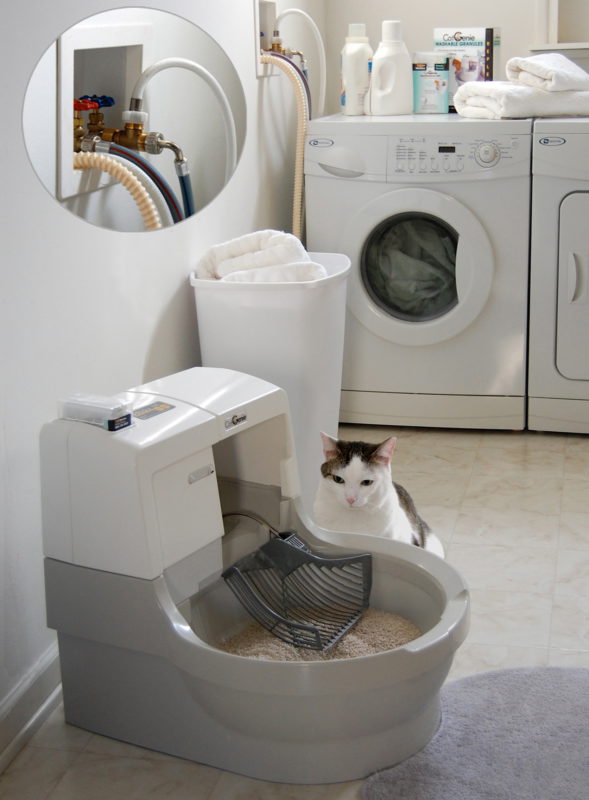
As you may have noticed, good automatic trays are not cheap. Budget solutions cope with waste collection much worse and require constant human intervention. But one of the most unpleasant manifestations of cat litter, odor, can be fought with cheaper devices. For example, automatic fragrance dispensers – they no longer surprise anyone and are sold in every supermarket. But they only 'cover up' the smell, and they work on a timer, and not when it is really necessary. Plus, not all cats like powerful chemical scents. A more convenient solution would be a device from a crowdfunding site Xiaomi Youpin: Petoneer AOE010. This 'smart' air ozonizer for the tray costs no more than one and a half thousand rubles when ordering from China and will certainly not ruin the family budget.
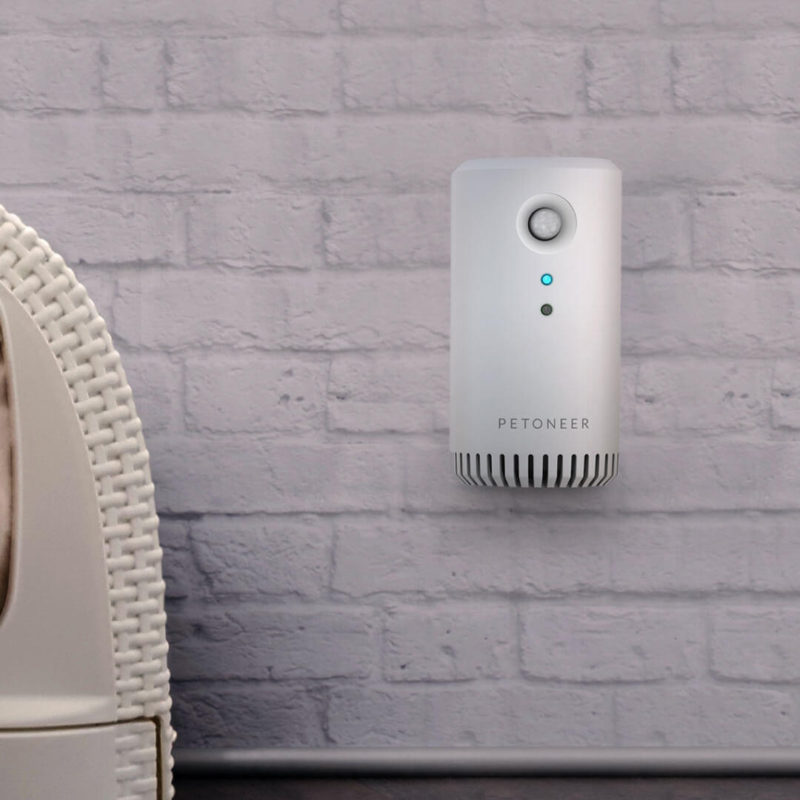
The principle of its operation is simple. The device can be switched on by a timer or by a motion sensor. When the cat leaves the litter box, the device counts down the minute and starts ozonation. If it returns, then the process stops. The power of the ionizing element is not very high, so the device works much more efficiently in closed 'toilets-houses'. But the device copes with open trays, the main thing is not to pin hopes on it to clean the entire room. The result is clean air that smells like a thunderstorm. Attached to the surface with a magnet or adhesive patch. The built-in battery is charged via a regular Micro-USB connector.
Feeders
Of course, feeding animals is much more enjoyable than cleaning the toilet after them. But this is also a rather routine and annoying task that can be easily automated. Especially if your pet eats dry food, because it can be stored outside the refrigerator for a long time and is easy to dose. Therefore, there are already a considerable number of automatic feeders.
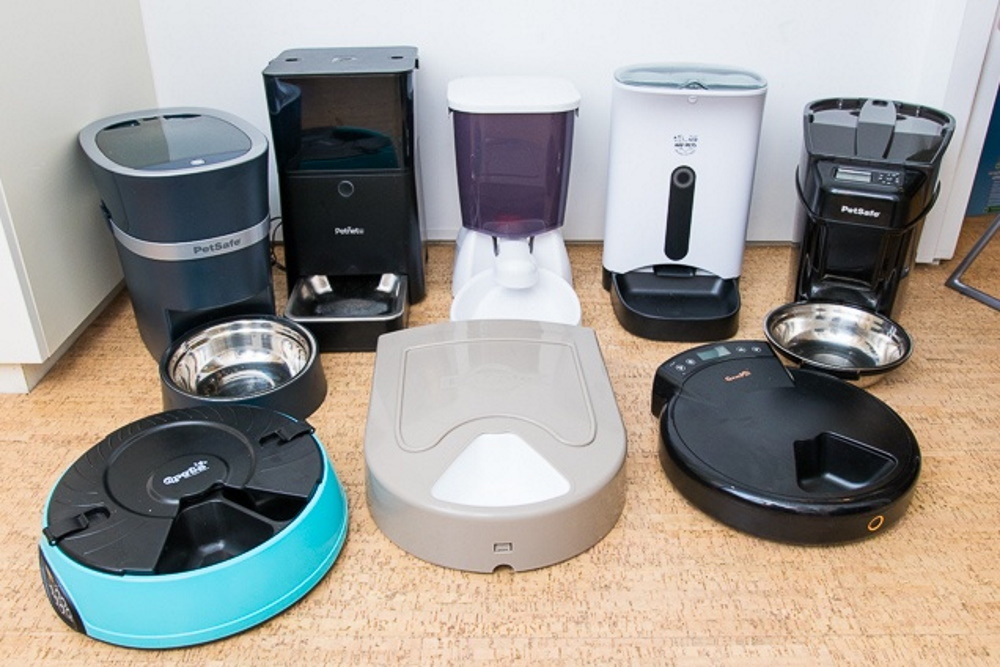
For example, Petsafe's Smart Feed model is Wi-Fi controlled and has a wide range of feeding settings, both in terms of portion size (from 15 to 500 g) and portions per day (up to 12). The advantages of this feeder are that there is a large sealed container for feed – 5.5 liters of volume for the eyes is enough for a small departure of the owner from the house. You can also substitute almost any bowl for it or even purchase an 'adapter' for pouring food into two bowls at once. Here it is possible to turn on the 'slow feed' mode, when the portion of food does not get enough sleep, but little by little within 15 minutes. Useful for animals that like to swallow food without chewing.
You can buy a feeder in American Amazon – with delivery by an intermediary to Russia, its cost will be about 11 thousand rubles.
The cheaper option is a device from Petkit, another Chinese brand from the Youpin crowdfunding site. The Petkit Fresh Element is available in two sizes: large (for large dogs) and 'mini' (for small dogs and cats). In addition to the amount of storage, the large version differs in that it can show the degree of filling the container. It has three grades: 0%, 50% and 100%. The little one can only 'see' that the feed is over.
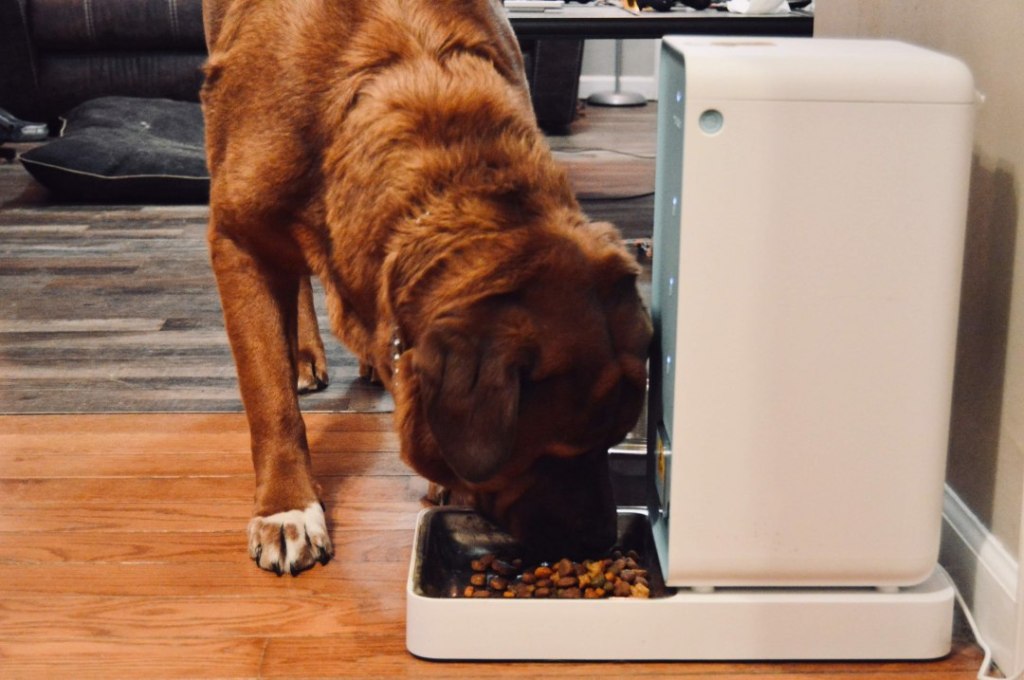
Big version
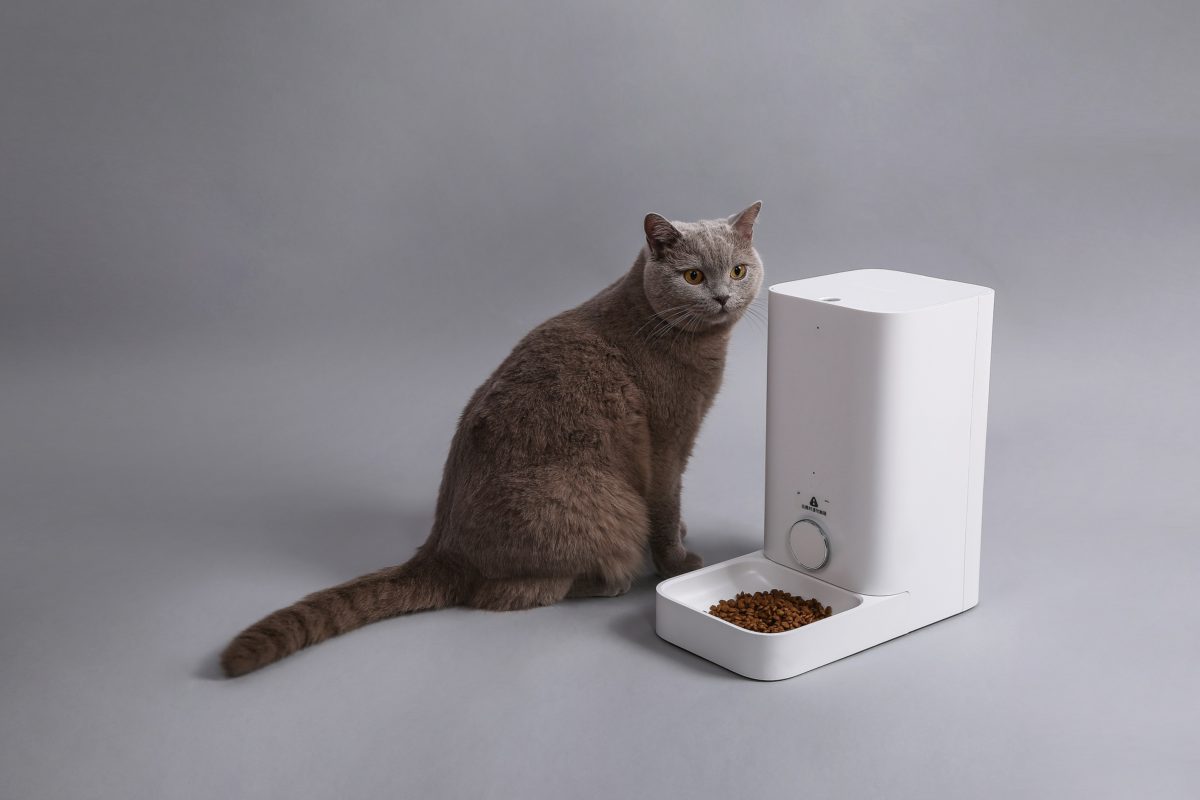
Small version
Otherwise, they are identical – both are controlled through a proprietary application, however, only in English. It allows you to customize the size of the dispensed portion (5-100 g for small and 20-400 g for large), the number of feedings per day, set a schedule for the day and create separate profiles for your pets. A silicone seal and a special absorbent element will help keep even large feed volumes fresh for a long time. Both models can be purchased both in Russian online stores (11 thousand rubles for the mini-version and 13 for the large version), and directly from China. Of course, in the second case, they will cost significantly less (almost twice), but the purchase will have to wait longer.
Drinking bowls
Like humans, it is important for animals to drink enough water, especially if they are fed on the same dry food. In addition, many animals like to drink just running water, and not poured into a bowl. This is where automatic drinking fountains come to the rescue. By their principle, they are even simpler than feeders, so their choice is even greater. For example, budget models with minimal functionality can be bought on Chinese sites within a thousand rubles. The build quality of such devices is not the best – the pumps periodically break down, the filters are present rather for show, and the body is made of not the most durable plastic. But for some time they do their job well, and even of them, dogs and cats are more willing to drink water.
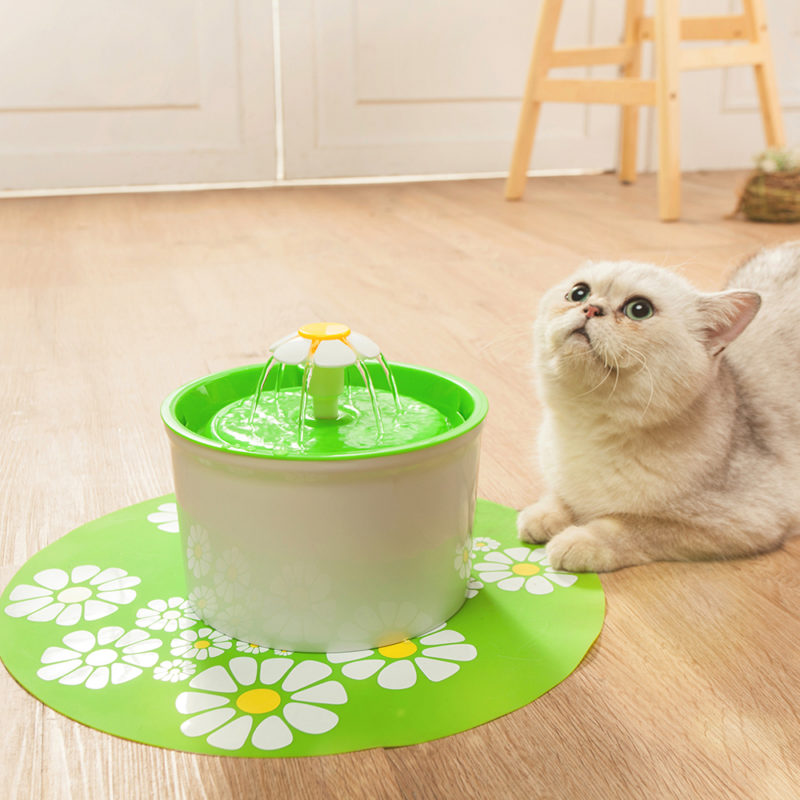
And if you want something of a higher quality and at the same time aesthetically pleasing, then you can take a closer look, for example, at the device of the already mentioned company Petoneer. The fountain is sold both in a 'smart' version with a connection to a smartphone and water monitoring, and in a simple one. Regardless of the connection option, they equally filter water through a three-layer filter, but there are also more expensive versions, with a built-in UV lamp for water disinfection. Optionally, a heater can be installed in these fountains. In Russian online stores, you can buy them for 9 and 5 thousand rubles, respectively. The same devices are sold on Chinese sites under the Petoneer and Petkit brands, bearing only external differences. Naturally, in terms of money, it is more profitable to buy them there.
Doors
A separate entrance for cats and dogs, as in American films, is a very interesting thing, but rather useless in our area. Either a cold draft will open it, or a homeless cat smelling the smell of food. It's another matter when the door can only be opened by your pet, which has a special 'key' attached to the collar. They vary, but the most common are RFID tags. As, for example, the SureFlap Microchip Cat Flap is one of the most popular in this segment. These tags do not require food and can be very small, up to the size of a grain of rice. They can be safely implanted under the animal's skin, but if it is already microchipped, the door can use these chips as a key. In total, up to 32 tags can be recorded in SureFlap, which is more than enough for any average household.
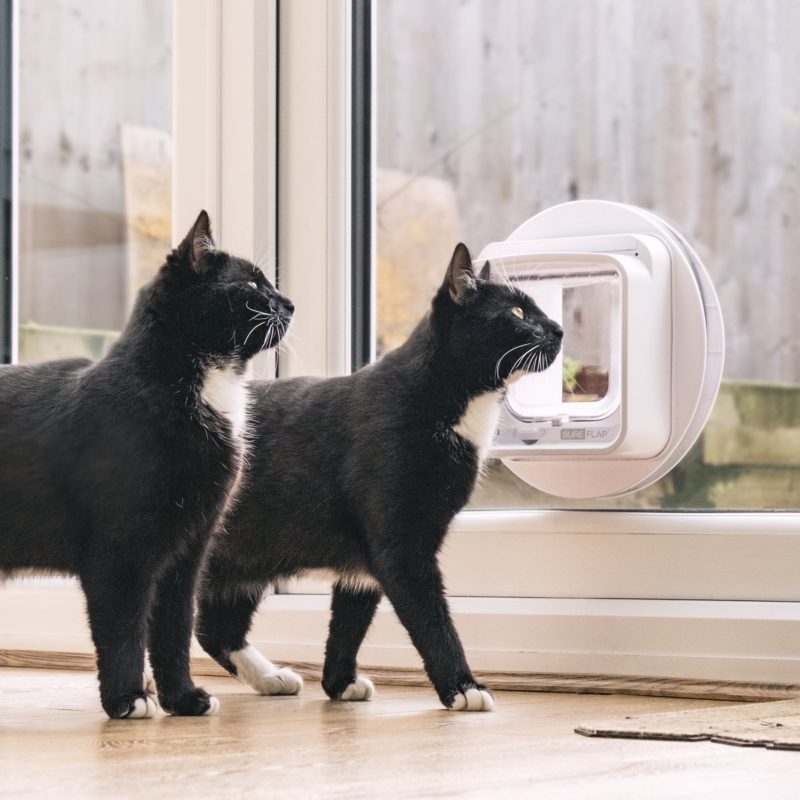
The door is powered by four AA batteries for about 12 months. You can buy SureFlap in American Amazon – with delivery by an intermediary to Russia, it will cost about 7 thousand rubles. A more advanced model, the Microchip Cat Flap Connect, can be controlled via the app, as well as control not only animals entering from the outside, but also leaving. This will cost about 2.5 times more.
Unfortunately, both of the previous options are only for cats and small dogs. Owners of large breed dogs can purchase the door from another manufacturer – High Tech Pet. The Power Pet Door differs markedly from the SureFlap models.
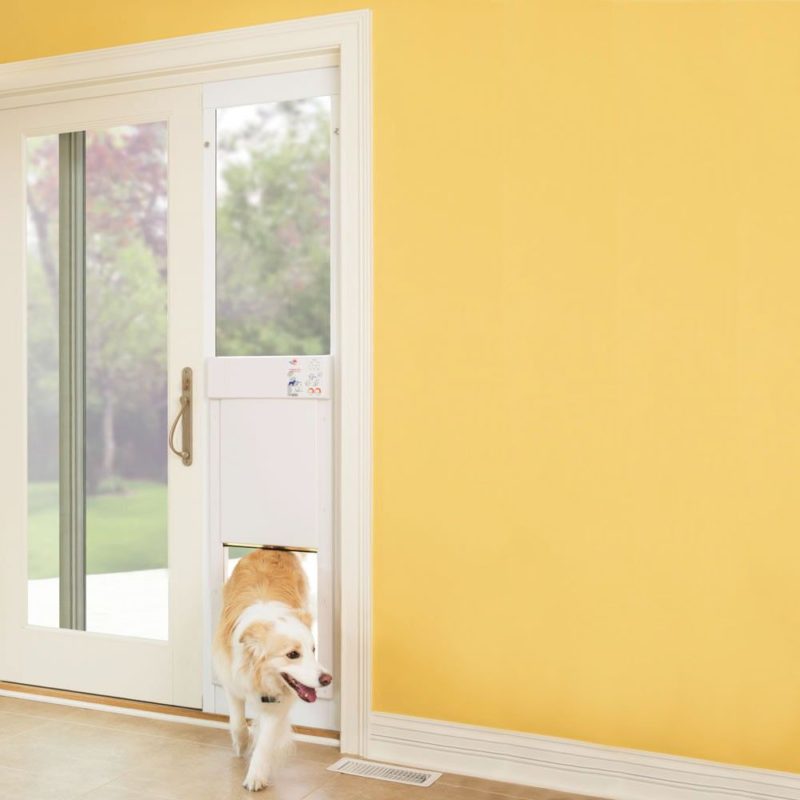
The door here rises vertically upwards along the guides, and the key is an ultrasonic transmitter attached to the collar of the animal. Its built-in battery requires periodic recharging, but the range and accuracy of this technology is better than that of RFID tags. The door control unit can be powered from a socket or an optional battery. When buying a device from the official website and delivery to the Russian Federation through an intermediary, it will cost the buyer about 32 thousand rubles.
Instead of a conclusion
To be honest, the article should be titled 'pet owner electronics'. By and large, your pet does not care whether it is fed by an automatic feeder or by the owner himself. The same is true about the toilet: it does not really matter for a fancy cat exactly how it gets clean. But for 'always busy' (or just lazy) people, such devices greatly simplify life, freeing them from routine activities. As, in fact, the rest of the 'smart' technology.
- Smart home – a ticket to the future or a utopian dream?
Dear readers, tell us in the comments how you feel about such devices. Which of these would you gain for yourself and your pet? If you are already using any of the above, please share your impressions.
If this topic interests you, we can talk about other gadgets for animals, since there are a huge variety of them.
